An International Atomic Energy Agency (IAEA) team of experts has just finished a follow-up nuclear security advisory mission to Switzerland. The International Physical Protection Advisory Service (IPPAS) mission drew the conclusion that Switzerland has improved its nuclear security regime since an IPPAS mission in 2018.
IPPAS missions are intended to help IAEA member states to strengthen their national nuclear security regimes. These missions provide advice from nuclear energy producing peers in implementing international instruments and IAEA guidance on the protection of nuclear and other radioactive materials and facilities. These missions can be conducted on both a nationwide and facility-specific basis.
The latest mission was conducted from the 30th of October to the 10th of November of this year. It was carried out at the request of the Swiss government and hosted by the Swiss Federal Nuclear Safety Inspectorate (ENSI), the Swiss Federal Office of Energy (SFOE) and the Swiss Federal Office of Public Health (FOPH).
The twelve-day mission completes the cycle of activities initiated by the IPPAS mission covering all five modules of the IPPAS program. These include a review of the security of radioactive materials, associated facilities and associated activities, and nuclear facilities, nuclear materials transport, and information and computer security.
The review team was led by Pedro Lardiez Holgado, who is the Head of the Nuclear Security Division of Spain’s Nuclear Safety Council. The team included eight experts from Belgium, Canada, the Czech Republic, Germany, Spain, Turkey, the UK, the USA and one IAEA staff member.
The IAEA team identified significant progress in addressing the findings of the 2018 IPPAS mission. It also observed how the nuclear security regime has been enhanced in Switzerland since then. It was noted that Switzerland currently has a strong nuclear security regime. It is committed to continuous improvement in the security of nuclear and other radioactive materials.
Arvydas Stadalnikas is the Head of the Integrated Nuclear Security Approaches Unit at the IAEA Division of Nuclear Security. He said, “The follow-up mission in Switzerland shows its commitment to nuclear security and its openness in receiving an external review of the national nuclear security regime. The inclusion of one additional module on the security of radioactive material underscores Switzerland’s integrated approach towards physical protection. The mission’s findings indicate a well-established national nuclear security regime and its alignment with the IAEA nuclear security guidance.”
Marc Kenzelmann is the ENSI Director General. He said, “I would like to thank everyone involved in Switzerland for their great commitment to the extensive preparations and for their dedication during the two-week peer review. We are very grateful to the IPPAS team for their critical scrutiny of the security measures. The recommendations of the international experts are extremely important for ENSI, the Federal Office of Public Health, the Swiss Federal Office of Energy and for further partners in the nuclear security domain. We need to work together to systematically and consistently strengthen nuclear security in Switzerland.”
Switzerland currently has four nuclear power reactors generating about thirty five percent of its electricity.
Blog
-
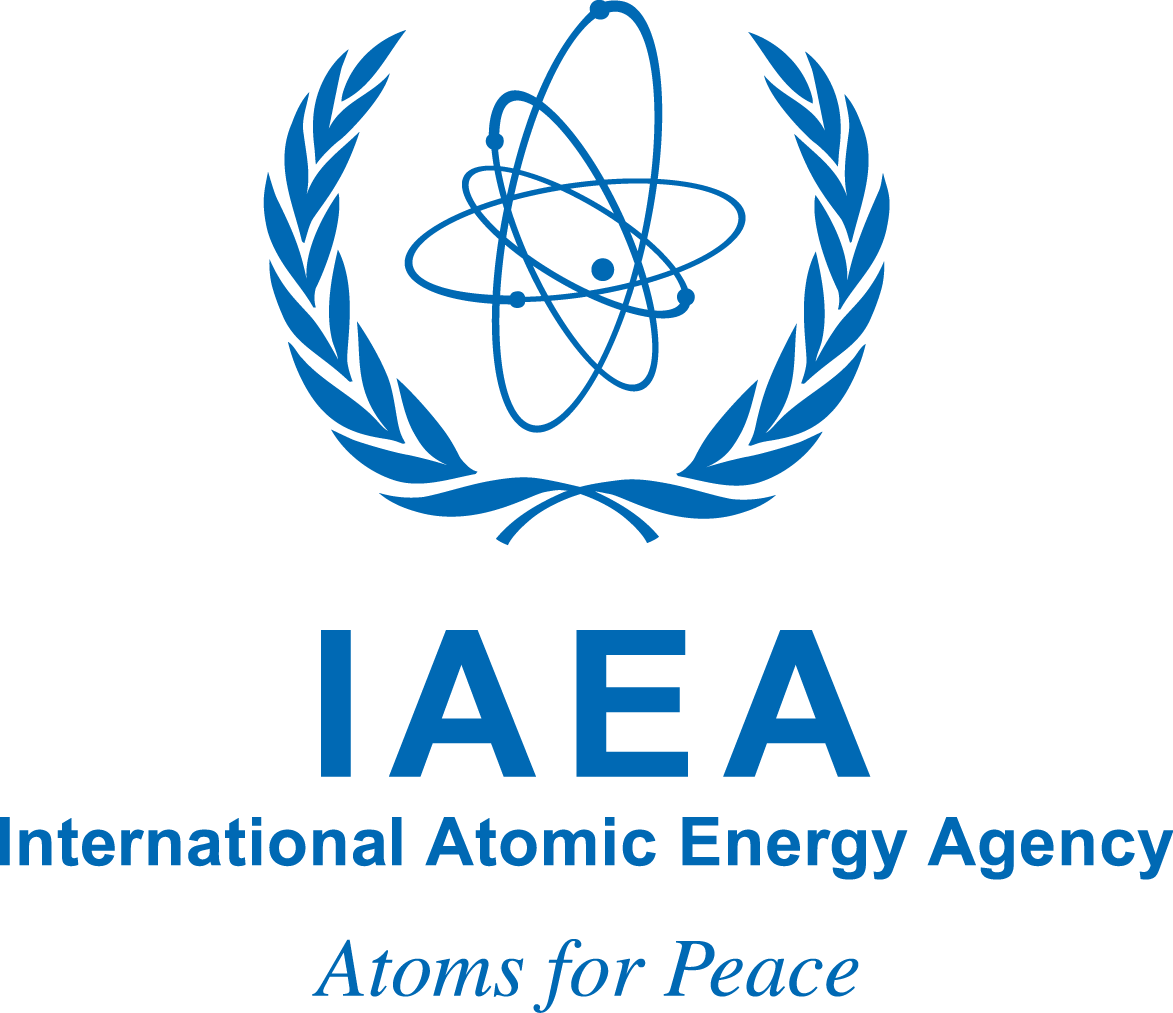
Nuclear Reactors 1307 – The IAEA Has Found That The Swiss Nuclear Regime Has Improved Since 2018
-
Nuclear News Roundup November 14, 2023
South Korea, UK agree to bolster nuclear cooperation world-nuclear-news.org
MEPs fully include nuclear in Net-Zero Industry Act world-nuclear-news.org
IAEA says Zaporizhzhia unit 5 switched to cold shutdown world-nuclear-news.org
Gaza War Leaves West Hesitant to Crack Down on Iran Nuclear Program voanews.com
-
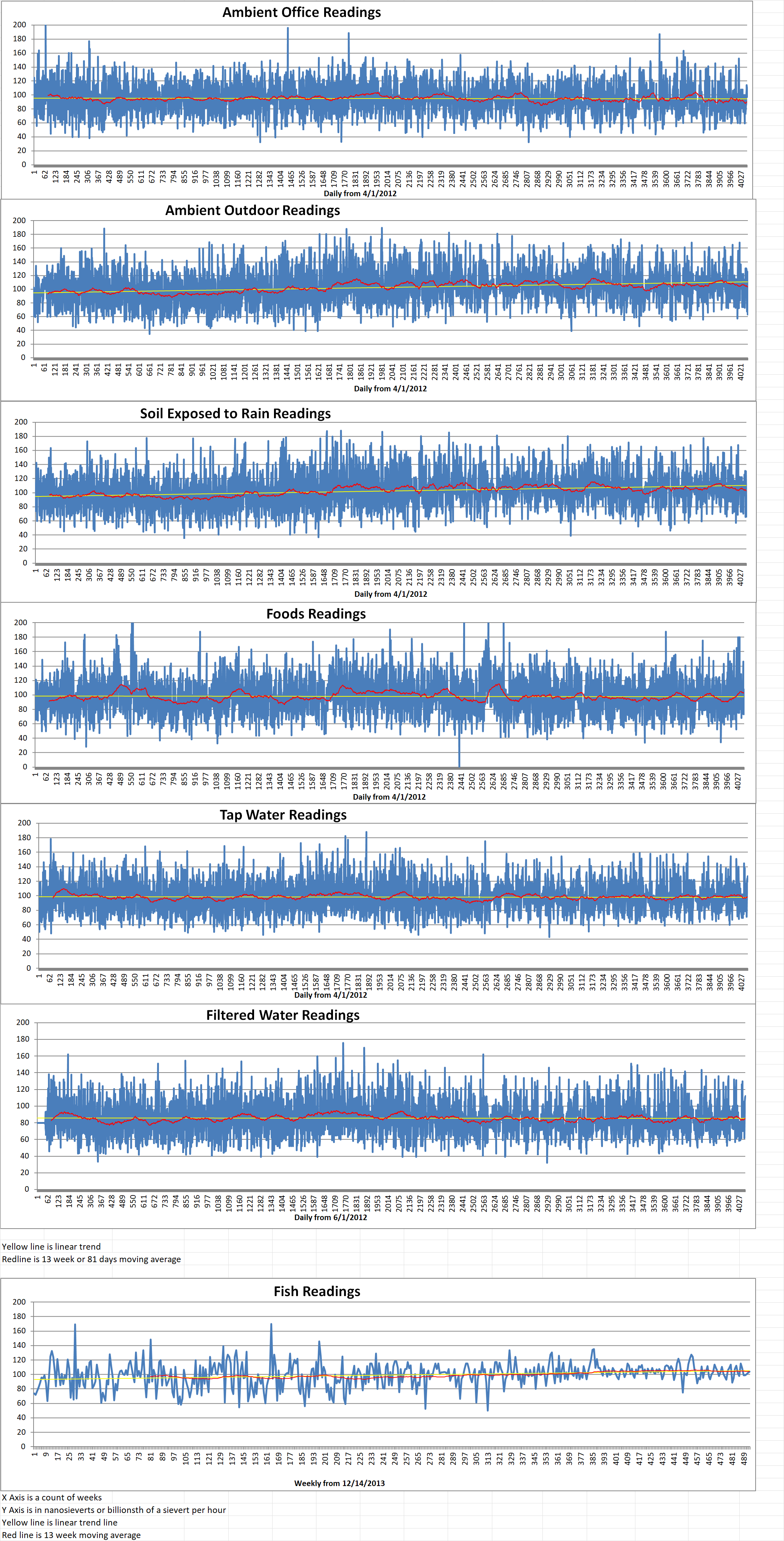
Geiger Readings for November 14, 2023
Ambient office = 97 nanosieverts per hour
Ambient outside = 63 nanosieverts per hour
Soil exposed to rain water = 66 nanosieverts per hour
Black grape from Central Market = 87 nanosieverts per hour
Tap water = 127 nanosieverts per hour
Filter water = 112 nanosieverts per hour
-
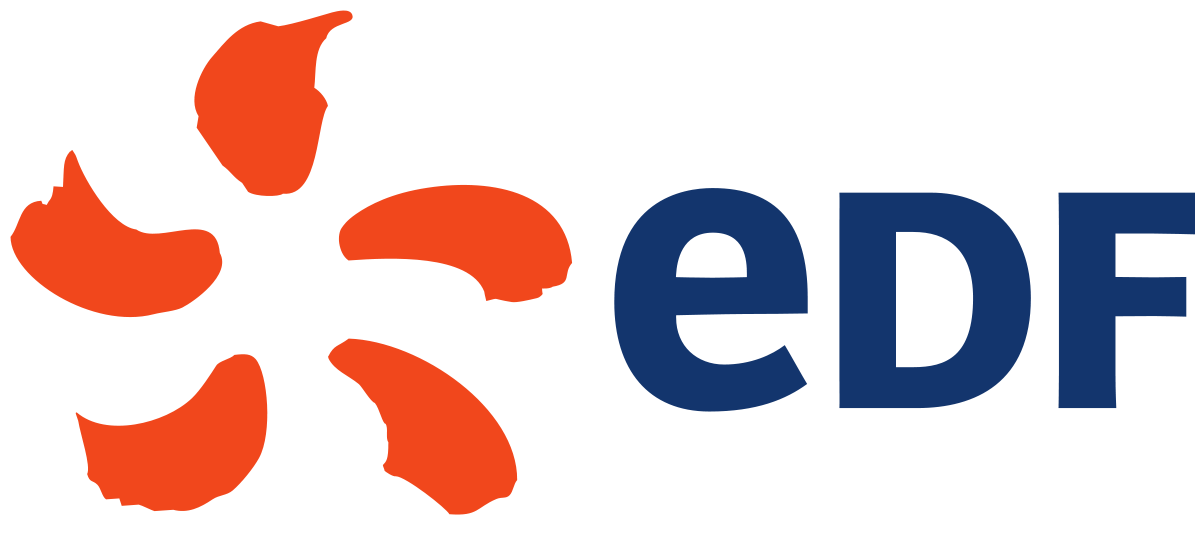
Nuclear Reactors 1306 – French Regulator ASN Is Providing More Time For Mandated Safety Improvements To EDF Nuclear Reactors
The Autorité de Sûreté Nucléaire (ASN) is France’s `nuclear safety regulator. It has stated that it is prepared to provide Électricité de France S.A. (EDF) with more time so that they can implement safety upgrades required at its fleet of nine-hundred-megawatt nuclear power reactors.
EDF is a French multinational electric utility company owned by the French state. Headquartered in Paris, with seventy eight billion dollars in revenues in 2016, EDF operates a diverse portfolio of at least 120 gigawatts of generation capacity in Europe, South America, North America, Asia, the Middle East, and Africa.
EDF’s thirty-two nine-hundred-megawatt reactors were put into commercial operation between 1977 and 1988. They include the oldest operational nuclear reactor in France. Such nine-hundred-megawatt reactors are currently in operation at EDF’s Blayais, Bugey, Chinon, Cruas-Meysse, Dampierre, Gravelines, Saint-Laurent and Tricastin plants.
ASN reviews operations at all French reactors every ten years. These reviews are conducted in two steps. First, the ‘generic’ review phase which covers subjects common to the design of all nine-hundred-megawatt reactors. Second, the ‘specific” review phase which deals with each reactor individually. The current review series will end in 2031.
In February 2021, ASN established the conditions for the continued operations of EDF’s reactors beyond forty years. This completed the ‘generic’ phase of the review series. ASN said that it considered the measures planned by the EDF combined with those mandated by the ASN would ensure the safety of all such reactors for a further ten years of operation.
The measures required verifying the conformity of the reactors with their reference system as well as improving their ability to withstand more severe attacks “of internal or external origin.” Modifications will also limit the radiological consequences of accidents or attacks which do not result in a core meltdown. In addition, improvements will be made in the arrangements for managing accidental or aggressive situations which impact the spent nuclear fuel storage at the reactors.
So far, EDF has initiated or completed the fourth ten-year inspection of sixteen of its reactors. The majority of safety improvements have been implemented. In October of last year, EDF requested that ASN postpone deadlines for some of the requirements of this decision, “given the difficulties of being able to meet them.” EDF said that these difficulties included the following problems. The possibility of the occurrence of technical hazards during the implementation of certain requirements. Issues with making changes in the scheduling of outages for fuel renewal, linked in particular to the discovery of stress corrosion on auxiliary lines. There are possibilities of long-term accidental outages and tensions affecting the electrical network. And, finally, the concomitance of other periodic reviews causing strains on its engineering capabilities.
ASN said, “The modifications requested by EDF also aim to standardize the deadlines between the reactors, in order to facilitate the industrial programming of the work, to limit the number of different configurations of the reactors and thus to facilitate the appropriation of safety improvements by the teams responsible for operations. Taking into account the difficulties presented by EDF and the justifications provided regarding the deadline extensions, ASN considers the request acceptable.”
The application file presented by EDF and the ASN’s draft amending decision are now subject to a three-week public consultation. -
Nuclear News Roundup November 13, 2023
Xcel’s Prairie Island nuclear plant will be out of commission until January startribune.com
How IAEA Could Respond to Iran’s Defiance of Nuclear Transparency Demands voanews.com
Entergy’s nuclear plant north of Baton Rouge was forced into temporary emergency shutdown nola.com
Russia deploys new nuclear missile in Kaluga region – RIA reuters.com
-
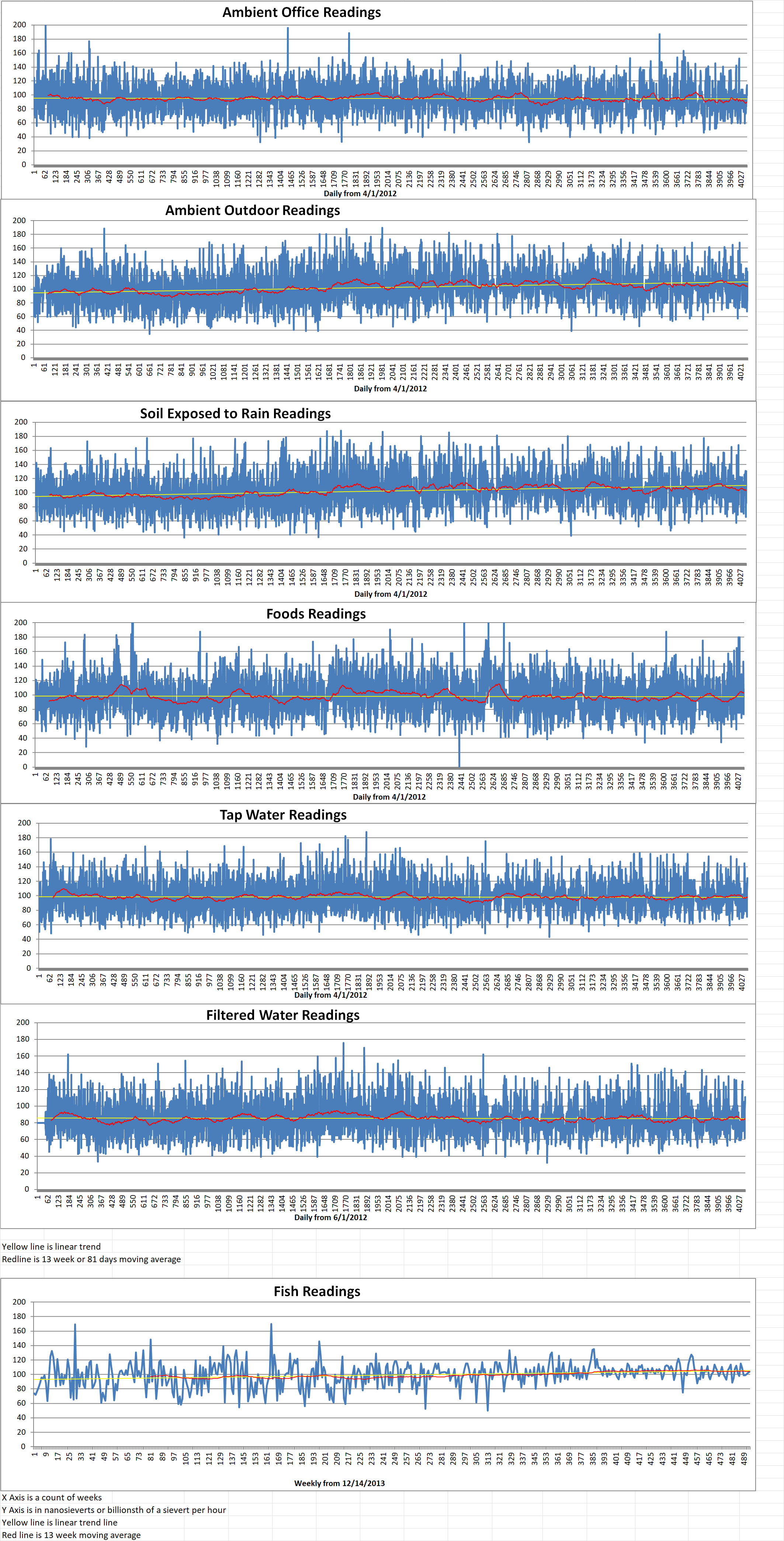
Geiger Readings for November 13, 2023
Ambient office = 100 nanosieverts per hour
Ambient outside = 93 nanosieverts per hour
Soil exposed to rain water = 93 nanosieverts per hour
Avocado from Central Market = 108 nanosieverts per hour
Tap water = 119 nanosieverts per hour
Filter water = 111 nanosieverts per hour
-
Nuclear News Roundup November 12, 2023
Bird Continues To Grow Institutional & Nuclear Portfolio In Ontario globenewswire.com
Two electricity-generating units temporarily offline at Prairie Island nuclear plant kare11.com
Europe’s largest nuclear reactor resumes production after technical fault hindustantimes.com
Idaho National Nuclear Lab Targeted in Major Data Breach darkreading.com
-
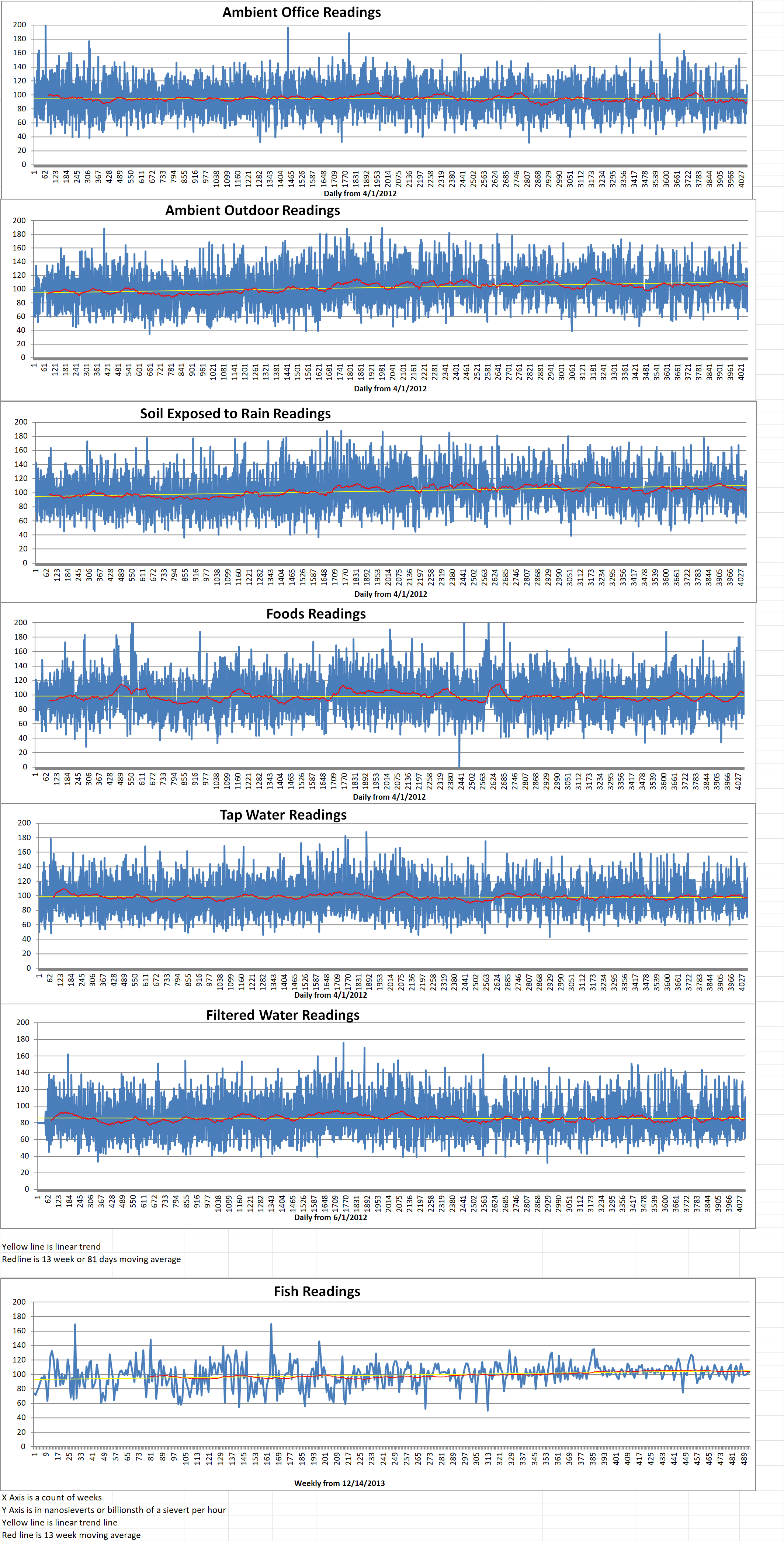
Geiger Readings for November 12, 2023
Ambient office = 110 nanosieverts per hour
Ambient outside = 84 nanosieverts per hour
Soil exposed to rain water = 85 nanosieverts per hour
Roma tomato from Central Market = 73 nanosieverts per hour
Tap water = 124 nanosieverts per hour
Filter water = 111 nanosieverts per hour
-
Nuclear News Roundup November 11, 2023
Koeberg 1 back online after milestone outage world-nuclear-news.org
Installation of El Dabaa 2’s core catcher begins world-nuclear-news.org
IAEA Aids Nations in Thwarting Unregulated Nuclear Acts miragenews.com
IAEA chief notes ‘strong’ water release from N. Korea’s Yongbyon nuclear reactor en.yna.co.kr
-
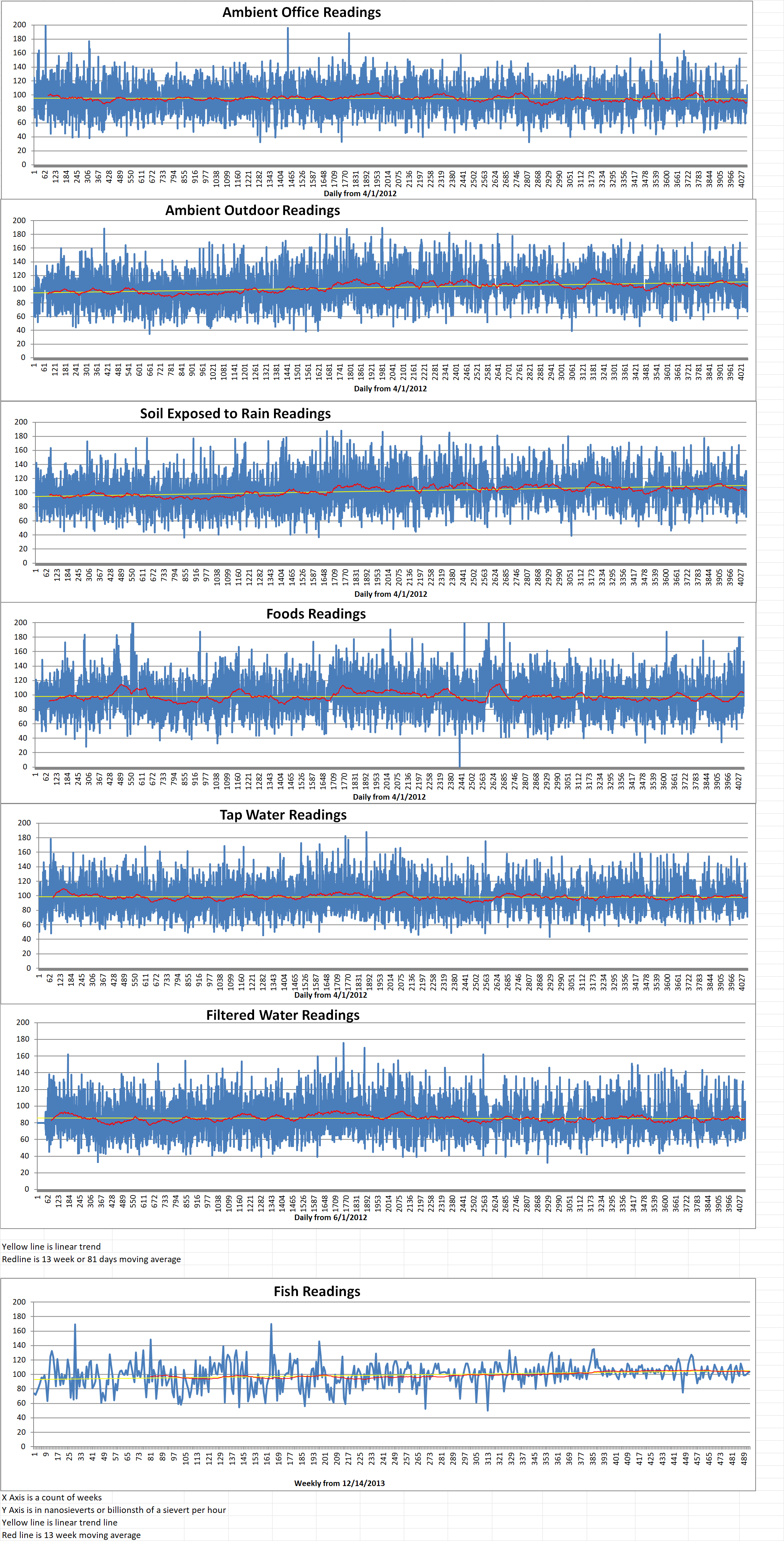
Geiger Readings for November 11, 2023
Ambient office = 114 nanosieverts per hour
Ambient outside = 126 nanosieverts per hour
Soil exposed to rain water = 130 nanosieverts per hour
Red bell pepper from Central Market = 85 nanosieverts per hour
Tap water = 121 nanosieverts per hour
Filter water = 106 nanosieverts per hour
Dover Sole from Central = 104 nanosieverts per hour
